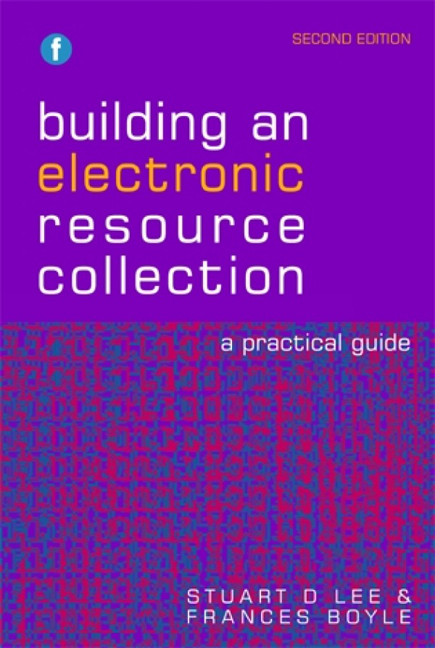1 - Preliminary issues
Published online by Cambridge University Press: 08 June 2018
Summary
Current legal deposit legislation, passed in 1911, covers printed publications, yet over 60,000 non-print items were published in the UK last year – a figure that will increase by a factor of four or five by 2005. Non-commercial publications, including websites, add enormously to this number. At present, there are no systematic or comprehensive arrangements in place for the collection and preservation of such non-print publications. Without new legislation to ensure non-print materials are saved for future generations, the 21st century will be seen as a cultural Dark Age …
(Extension of legal deposit to non-print materials, www.bl.uk/news/webcase.html)The development of new carriers for the storage of information, trad - itionally produced on paper, has brought about a fundamental change in thinking within national libraries about future collection policies and storage requirements and an awareness that in order to maintain comprehensive collections of national publications for present and future generations of users, it will be necessary to obtain an increasing amount of non-print material.
(The Legal Deposit of Electronic Publications, UNESCO, 1996)Background
The story of the ‘electronic resource’ is an ever-changing one. In a sense, it goes back to the earliest library and mankind's first attempt to store and order data. For centuries the focus had always been on the codex, and then in the mid-twentieth century the digital age was upon us. Efforts were still centred on the compilation, distribution, and referencing of the printed or handwritten work, but in the latter decades of the century there was increasing awareness of the emergence of information and data stored in electronic form, which was falling under the remit of the librarian. For authors and readers alike, the internal structure of the book had been the subject of continued development, and readers witnessed the appearance of numerous navigational aids (for example, indexes, tables of contents, footnotes, annotated editions, and cross-referencing). Publishers too had been focusing entirely on this one area – the printing, marketing, and selling of the paper-based medium. Yet with the advent of the electronic resource there was a feeling that all this had changed, and that new understandings about the use and procurement of information in digital format needed to be developed.
- Type
- Chapter
- Information
- Building an Electronic Resource CollectionA practical guide, pp. 1 - 16Publisher: FacetPrint publication year: 2004



